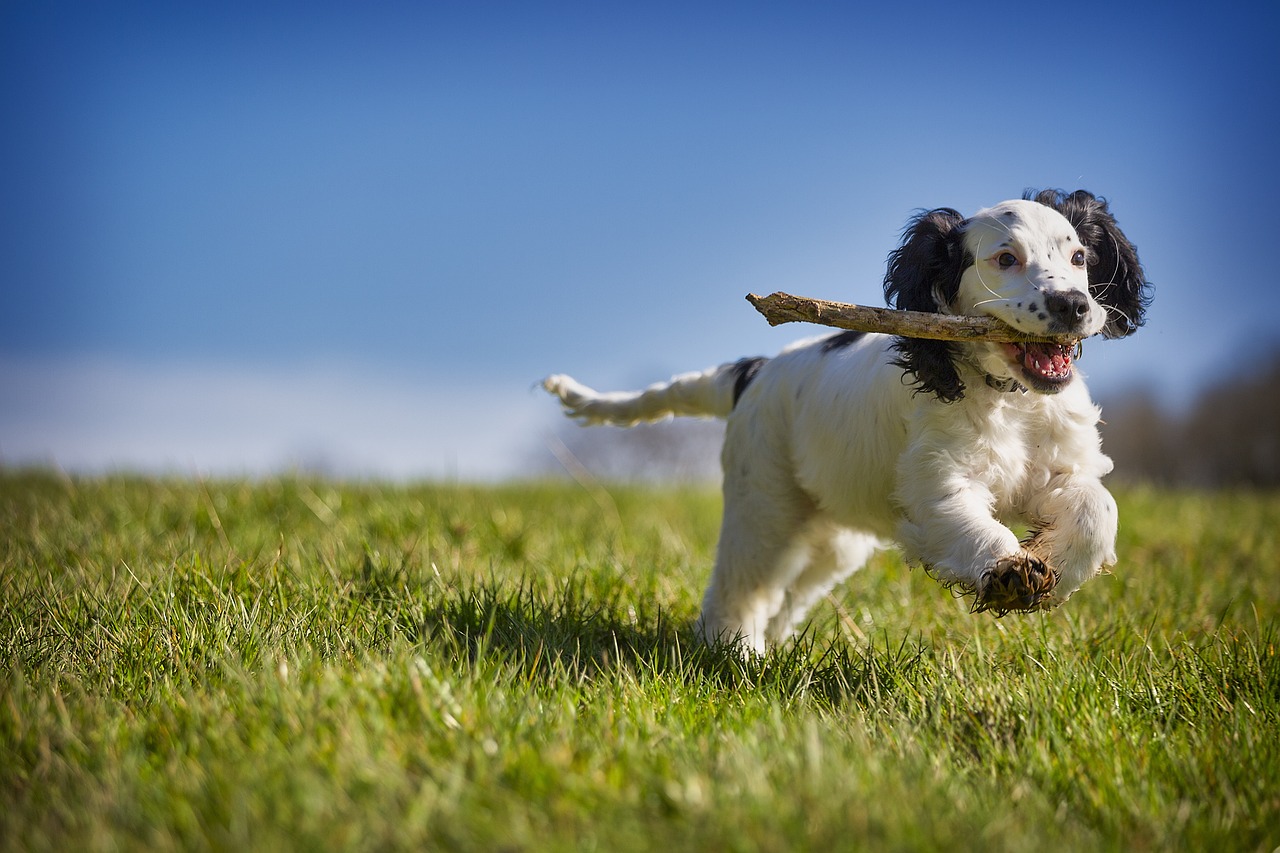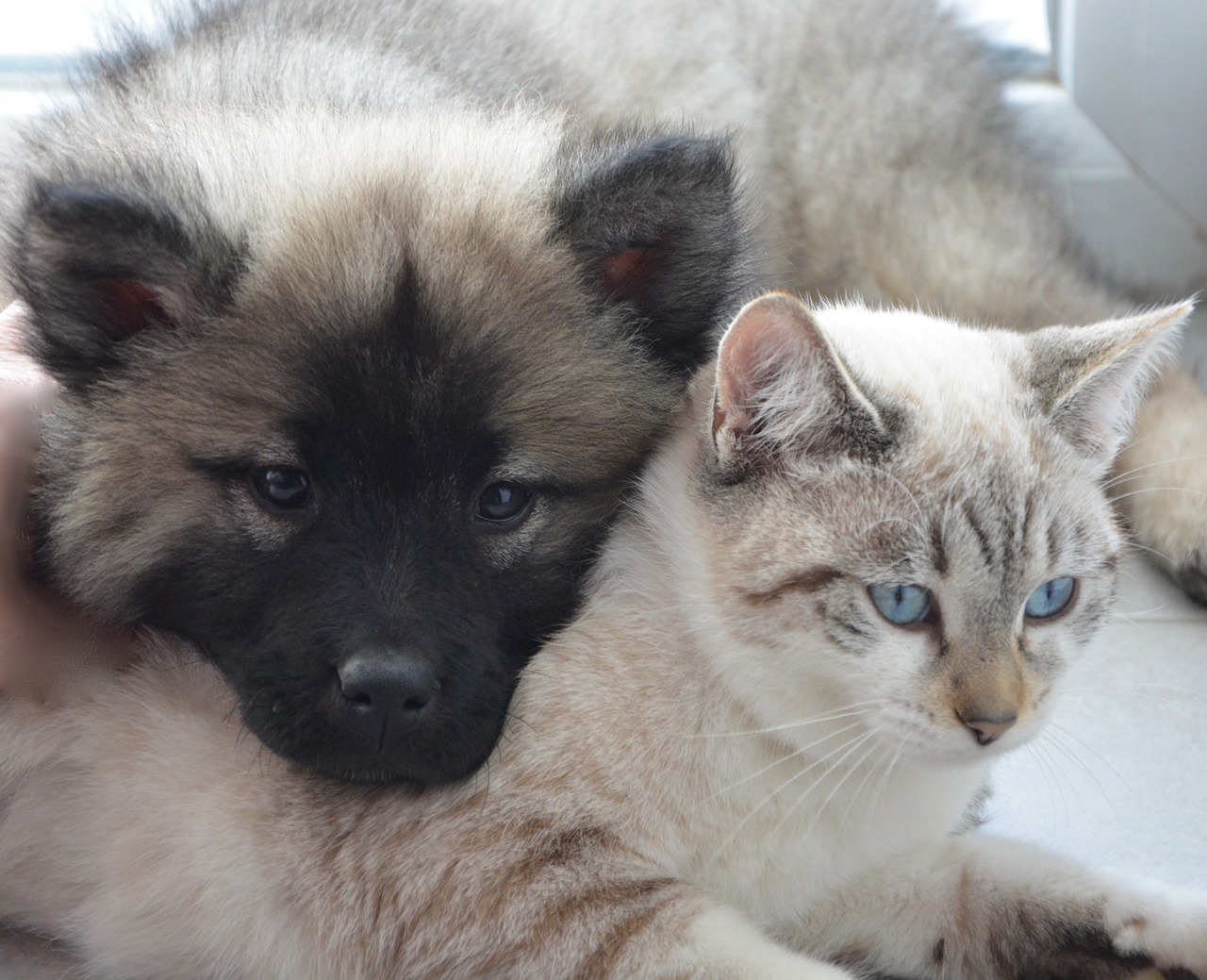Causes, Symptoms and Treatment for Cataracts in Pets
A cataract refers to an opacity or clouding of the lens in the eye. This condition causes vision impairment, ranging from no vision loss at all, to complete blindness. The lens of an eye is a crystal-clear structure situated behind the iris and acts almost like a camera lens. It focuses light onto the retina at the back of the eye, which then transmits visual information to the brain. A cataract interferes with this process by interfering with the light’s path.

Identifying The Causes Of Cataracts In Cats and Dogs
For both dogs and cats, genetics play a significant role, breeds such as Cocker Spaniels, Poodles, Siberian Huskies, Yorkshire Terriers, and others, are well known for their potential to develop cataracts.
Like humans, another common cause is ageing, which results in the formation of ‘senile cataracts’. It is worth noting that not all lens opacity in older pets is problematic or indicative of cataracts.
Diabetes is another known culprit in increasing the risk of cataracts in pets. Trauma to the eye, certain types of medication, and nutritional or environmental factors can also contribute to a cataract forming. In rare cases, infection or malnutrition could lead to puppies and kittens being born with cataracts.
Sings And Symptoms
Symptoms can range from subtle to more apparent, which will vary based on the cataract's size and location. In the early stages, your pet's vision should be unaffected, but as cataracts grow and obstruct more of the lens, symptoms are easier to spot. Your pet may bump into furniture, be uncertain in unfamiliar environments, or show difficulty in finding their toys or food/water bowls.
The most obvious sign of a cataract is very easy to spot, you will notice a cloudy or bluish-grey appearance in your pet's eye.
Being able to spot the difference between normal age-related greying of the lens (known as lenticular sclerosis) and a true cataract is essential. Lenticular sclerosis can give the lens a cloudy appearance but does not significantly affect vision. You may be able to notice this yourself but if not get your pet checked with a veterinarian.
Diagnosis: When To Consult A Vet
If you suspect your pet has a cataract, you should seek immediate professional help from a veterinarian. They will then undertake an in-depth eye exam, to see if a cataract is present or not, and if so, the severity of it, they will also look for any underlying causes that could have contributed to it.
In most cases an intraocular pressure (IOP) test is performed to rule out other conditions like glaucoma. In some cases, the vet may also recommend a blood test or urinalysis to look for diabetes and any other potential issues.
Treatment Options: Beyond The Clouds
Treatment for cataracts in dogs and cats largely depends on two things, the seriousness of the condition and how much it affects your pet's quality of life.
Small cataracts that do not affect vision may only require monitoring and supportive eye care, such as the use of lubricating eye drops.
For cataracts that cause severe or complete vision loss or exist alongside painful inflammation in the eye, surgical intervention is most likely recommended. Cataract surgery is quite a tricky procedure carried out by a veterinary ophthalmologist and involves removing the cloudy lens and often replacing it with an artificial one. It is a complex procedure, but one that has a high success rate, and many pets regain near-normal or normal vision after the surgery.
There are also non-surgical options available. These may include anti-inflammatory medications to reduce any associated inflammation, antioxidants to slow progression, and even specific cataract-reversing eye drops. A 2011 study showed that the best treatment option is surgery however non-surgical treatment followed very closely behind, with both options being far ahead of no treatment in terms of ocular survival rates.
We should point out here that a recent study determined that there was no significant delaying effect of oral antioxidants on incipient cataract progression, but that antioxidants could be used to delay the progression of senile immature cataracts, and real-world studies on humans with specific cataract-reversing eye drops have shown that there is no reversal at all and that these have no efficacy at the moment.

Prevention And Management Of Cataracts In Animals
Preventing cataracts in pets and animals in general is complex.
For inherited cataracts, responsible breeding is the most effective at preventing these by avoiding breeding from dogs known to have hereditary cataracts.
Health and well-being are also significant factors which include regular check-ups with your veterinarian to make sure that any underlying health conditions, such as diabetes, are managed appropriately, reducing the risk of secondary cataracts. These regular eye checks can also help to identify any changes to the eyes very early.
A diet balanced in essential nutrients can also help your pets’ eye health. Antioxidants like vitamins C and E and carotenoids like lutein and zeaxanthin have been found to be beneficial for the lens.
In cases where cataracts cannot be prevented, good management will improve your pet's quality of life. Regular vet checks are crucial to monitor the progress of the condition. Protecting your pet's eyes from the sunlight by using UV-filtering pet goggles can be beneficial, and are becoming more popular.
Summary: Hope For Pets With Cataracts
Cataracts can be a significant concern for pet owners, but it's far from a hopeless diagnosis. Early detection, appropriate treatment, and careful management will allow your pet to lead a comfortable, happy life even with cataracts. As pet parents, it's up to us to be aware of the signs of this condition and know when to seek professional help.
Author: John Dreyer Optometrist Bsc(Hons), MCOPTOM, DipCLP
Created: 15 Jun 2023, Last modified: 7 Jan 2025

